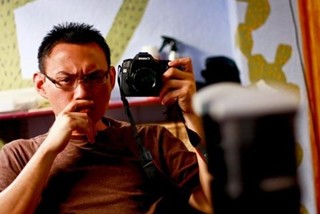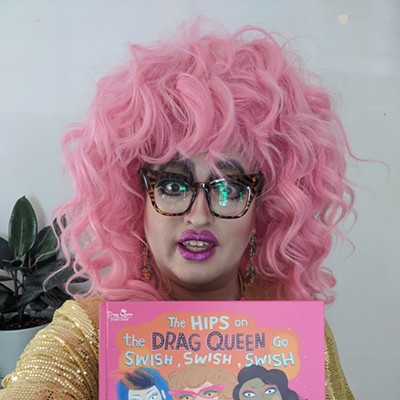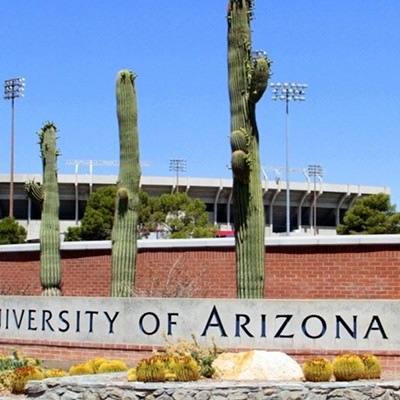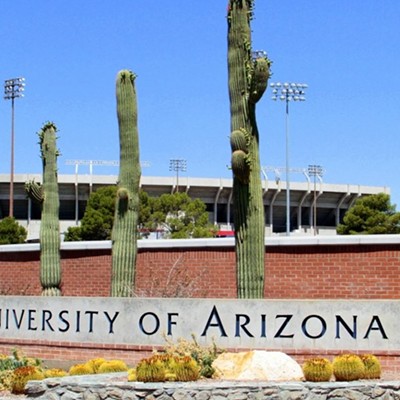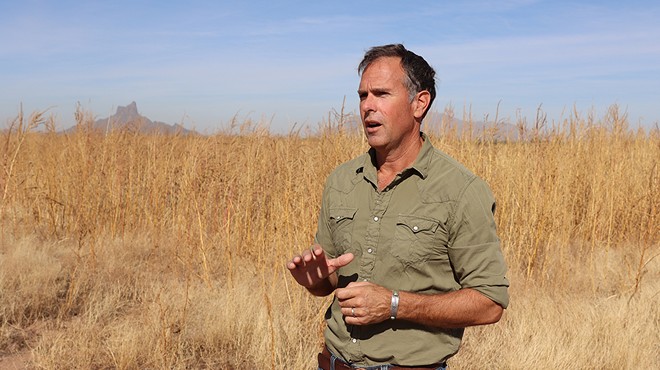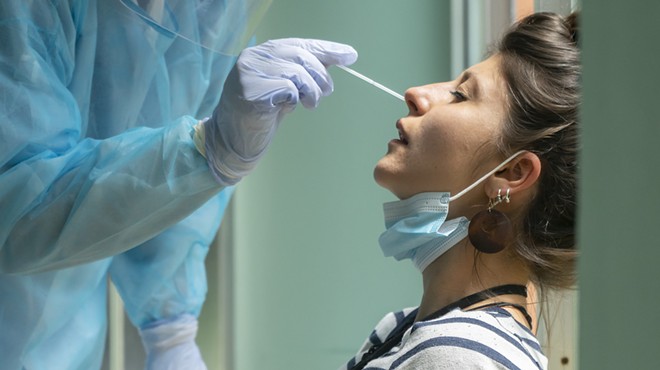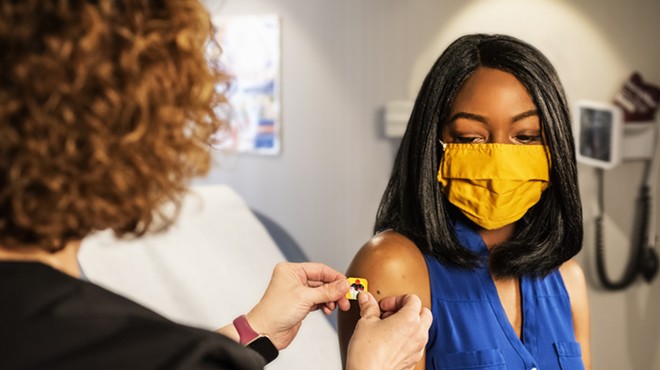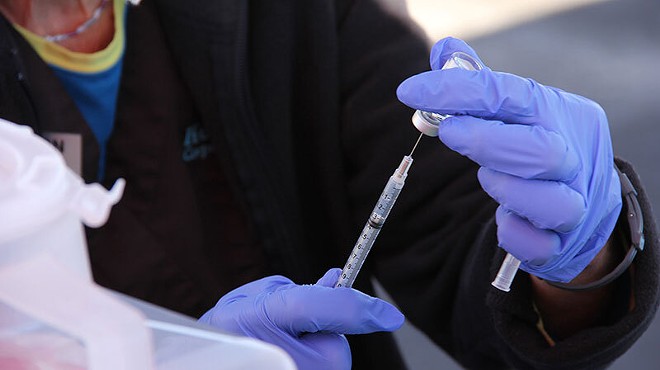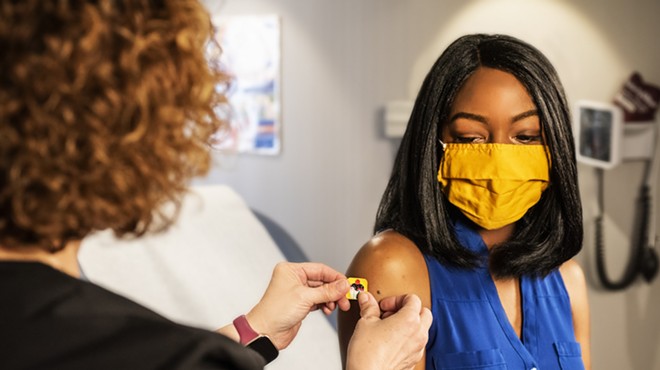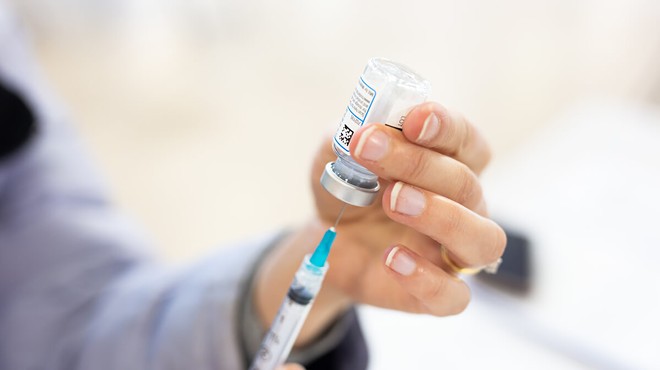Monday, October 24, 2011
It's Alive! New Discovery Could Lead to Lab-Grown Organs
By Jason Torrey
Coaxing a stem cell to differentiate is similar to telling a college freshman to pick a major—and about as difficult. With a plethora of options to choose from, how does one decide on a pathway to follow, and what’s the most efficient route?
For the stem cell at least, researchers at the University of Wisconsin have found a controlled method to signal cell decision-making, or differentiation. Their discovery opens new doorways in tissue engineering, a field that may one day create lab-grown replacements for failing organs and tissue.
Research presented recently by Dr. Laura L. Kiessling at the 242nd National Meeting & Exposition of the American Chemical Society showed that specific signaling proteins could be attached to a man-made surface to influence cell differentiation. These proteins act as instructions for the cells, much like a class schedule for incoming freshmen, telling them which differentiation route to take as they specialize.
When mouse cells were grown on these surfaces, more than 2,000 genes were either turned on or off in response to the attached protein. This stimulated a cell-fate decision—a point where a cell “decides” what kind of cell to become. This decision is important for multipurpose stem cells to specialize into the cell type for their particular organ or tissue.
Scientists have had measured success with differentiation in the past. Previous research has shown that cell-fate decisions can be controlled by introducing differentiation factors (small molecules or proteins that induce differentiation) into the liquid media in which the cells are grown.
The downside to this method is randomness.
Imagine distributing class schedules to freshmen by dropping leaflets from helicopters around a college campus. Like the cells growing in the liquid, the freshmen might receive their schedule by random chance, but it would be much easier just to hand it to them.
This is the benefit of Kiessling’s method, which attaches differentiation-stimulating proteins to the same surface the cells are growing on. The instructions are delivered right to the cells’ doorstep.
In addition, Kiessling’s group can select which areas of the surface are coated with the signaling protein. This means that surfaces could be patterned with many different signaling proteins in order to stimulate stem cells to grow into different cell types right next to each other—just as they do in the body. A heart, for example, is made up of muscle cells called myocytes (responsible for pumping) and many types of non-muscle cells, including the endothelial cells that produce the lining of the heart. The wrong cell in the wrong place could make for a literal “broken” heart.
Assembling these complex patterned surfaces one protein at a time seems a daunting, if not impossible, task. Kiessling’s group, however, is able to construct them with relative ease all at once using self-assembling monolayers (SAMs). Dr. Jeong-Yeol Yoon, a professor in the Department of Agricultural & Biosystems Engineering at the University of Arizona, uses a similar technology to construct protein-coated surfaces. The beauty of SAMs is implied in the name. “You just put the molecules [on the surface], incubate overnight, and [the molecules] will self-assemble,” said Yoon. “It’s relatively simple.”
While the surfaces are fairly easy to create, the technology is still in its infancy. Yoon said it will take at least 20 to 30 years before we start to see real progress.
The main problem is the complexity of stem cell decision-making. “Differentiation is a big, giant mystery,” Yoon said. “We need to learn more about the hundreds of thousands of differentiation factors interacting with each other.”
Yoon envisions a database among scientists to organize information about differentiation factors. Such an endeavor would take vast amounts of financial support to cover the costs of experiments and coordination.
“You can’t get that kind of support from industry,” he said. “It’s too risky…. We need some huge governmental support to make this happen.”
If funding options for this research increase in the coming years, this technology has the potential to open the world of tissue engineering and organ growth in the laboratory. “Like a sci-fi movie,” Yoon said, “it’s more futuristic and may be the ultimate goal.”
Yoon paused, then added: “We’re not there yet. Not even close.”
Tags: Jason Torrey , Stem Cell , Differentiation , tissue engineering , University of Arizona , Video


